There are people who cannot be clearly assigned to any gender. They have characteristics of both sexes and fall within the concept of Intersex. In Greek mythology, they were called hermaphrodites.
What is intersex?

© krissikunterbunt - stock.adobe.com
The term Intersex stands for a constellation in which people have physical abilities for both genders and therefore cannot be clearly assigned to one gender. The vernacular speaks of hermaphrodites. There are different manifestations: women or girls can look like a woman on the outside, but on the inside the uterus, ovaries and fallopian tubes may be missing.
Outwardly, men may appear like men, but they may lack male hormone production and appear outwardly more feminine. It is also possible that the vagina or penis are insufficiently formed. Often the term intersexuality is confused with transsexuality, but transsexuals, unlike intersexuals, belong to a certain gender and just don't feel comfortable in it.
causes
There are various causes for an unclear gender assignment. Intersex is mainly based on chromosomal changes. Known effects of a chromosome change include Turner syndrome in women and Klinefelter syndrome in men.
Another possible cause can be a disturbance in the development of the gonads, in which germ cells and sex hormones are formed, in women in the ovaries and in men in the testicles. Functional restrictions can also promote intersexuality, because then not enough sex hormones are formed.
When a germ cell contains both male and female cells, sperm and egg cells are produced (ovotestis). Hormonal disorders that affect germ cells or chromosomes are also possible causes. In addition, disorders of kidney function or enzyme damage can be responsible for intersexuality.
Symptoms, ailments & signs
Just as there are different causes of intersex, so do the signs. In general, men have 22 pairs of chromosomes and one X and one Y chromosome, while women have two X chromosomes. If there is a defective sperm production and a sperm with expressions of both sexes fertilizes an egg cell, X0 people who lack a sex chromosome can develop from it.
If an X chromosome is present, it becomes a woman, but she cannot have children. Medicine then speaks of Turner syndrome. If the sex chromosomes do not separate when the sperm matures, the father inherits two sex chromosomes in the child. Together with the X chromosome inherited from the mother, the child then has two X and one Y chromosomes.
This expression is known as Klinefelter syndrome. If the Y chromosome is dominant, these people are male, but have limited testosterone production, smaller testicles and are unable to procreate. With a normal set of chromosomes and androgen resistance, fertility may occur and beard and body hair may be reduced.
With complete androgen resistance, the male sexual organs cannot develop properly. In these cases, the testicles remain in the body, there is a vagina on the outside, but no uterus, ovaries and fallopian tubes inside. Outwardly, those affected still look like women.
Diagnosis & course
Most of the time, the diagnosis of intersexuality is an incidental finding. If signs suggest a suspicion of intersexuality, the blood is examined at the beginning with a determination of the hormone status and an examination of the chromosome set. In addition, an ultrasound scan is used to examine the abdomen and pelvis to find out whether there are a uterus, ovaries, and fallopian tubes in the pelvis.
A special x-ray examination, a genitogram, examines whether a vagina is formed. Sometimes a biopsy of the gonads is also required to be able to identify which tissue is contained in the gonads. This biopsy is done in a hospital under anesthesia.
A comprehensive diagnosis of intersexuality enables a prognosis with regard to possible infertility and also makes it easier to decide which sex people want to live with and whether treatment is necessary.
Complications
Along with the fact that most Western cultures assume a naturally given binary gender system, intersexuality itself is often already viewed as a complication. Doctors and sometimes parents are involved in taking the appropriate measures to create well-being for the person concerned.
Correspondingly, there are several things that arise for intersex people: the intervention in early childhood forces them to have an external gender. This can lead to an identity crisis in later years and in the course of the person's psychosexual development. If the assigned sex and the perceived gender do not match, a binary gender understanding is also a form of transsexuality that can have far-reaching psychological (and possibly surgical) consequences.
Medical nomenclature excludes transsexuality on the condition that it is associated with a biologically unambiguous gender, but excludes intersexuality, which complicates the way those affected deal with themselves and their doctors. Other conceptual barriers also make everyday life difficult for intersex people. The mandatory assignment of a gender is common due to bureaucratic and cultural factors.
Since this may not match the self-perception of the person concerned, conceptual difficulties arise that can be psychologically stressful. While intersexuality, with the exception of frequent infertility, does not lead to physical complications in the sense of complaints, the complications are mostly of a social nature.
A lack of tolerance, acceptance and education in many social circles consistently have a negative effect on the psyche and self-perception of many intersex people, who are often forced into a gender role by their environment. Autodestructive behaviors and depression are more common among intersex people than among people who are clearly gendered.
When should you go to the doctor?
Since there are many different forms of intersex, it is not possible to give one single answer to this question. In general, it is strongly advised to consult a doctor, but the right time varies from person to person. In many cases, intersexuality is determined by the ambiguous genital status either immediately after birth or by the pediatrician. On the other hand, there are also those affected who only become noticeable from adolescence, for example due to the lack of menstruation. Basically, parents should consult the pediatrician or a specialist if the first uncertainties or the suspicion of a possible intersexuality arise.
Only in this way can any diagnostic, therapeutic or surgical measures be taken at an early stage. So it is the wish of many sufferers to have the outer sex adjusted surgically. Although intersexuality itself is not to be regarded as pathological and does not always require extensive medical treatment, it can sometimes be based on a serious underlying disease. In rare cases, such as an underactive adrenal gland, rapid drug treatment is necessary. For this reason, it is advisable to consult a doctor as soon as possible signs of intersexuality are noticed.
Treatment & Therapy
In the 1960s and 1970s, children who had been found to be intersex at birth were given surgical sex correction shortly after birth, followed by hormonal treatment. However, these treatments often had serious consequences, including infertility.
Doctors were not yet adequately informed and many operations subsequently turned out to be unnecessary. Today, medicine takes a rather critical view of operations for sex correction. If the gender is not clear, parents can decide today about future gender orientation. Since 2009, a birth certificate can also be issued without a clear gender determination.
This enables affected children to later decide for themselves about their gender orientation. Nowadays the therapies are individually tailored. The focus is not on gender reassignment, but on stabilizing the psychological well-being with regard to the existing physical conditions.
Many intersexual people advocate seeing intersexuality not as a disease but as an additional manifestation of normal sexual development. They also experience therapy not necessarily as helpful, but rather as discriminatory.
Outlook & forecast
The prospect and prognosis for intersex people is not about the course of intersexuality per se. This is given and can only be adjusted to a gender if desired through surgical and hormonal procedures. Nevertheless, it is worth mentioning that there are, for example, children with the XY chromosis set who look like a girl for the first time (also with regard to the sexual organs). Nevertheless, during puberty, a limb is formed from the clitoris and the testicles descend. The fertility is then possible.
More relevant, however, is the fertility prognosis, for example. In many intersex people, examination of the gonads is necessary in order to make a conclusion about fertility. Often, based on the determination made, the gender is selected and adjusted accordingly - in the event that the gender should be adjusted. This is related to family planning.
Further forecasts are also based on the indirect and direct consequences of intersexuality. Psychological stress is possible due to the gender that is not perceived as appropriate or correct. Discrimination and medical disregard do occur. After all, it was refrained from legally required gender reassignment after the birth. This effectively means more self-determination for intersex people and can reduce any existing psychological stress.
prevention
There is no effective prevention of intersexuality because chromosome defects and related defects in the gonads are responsible for this development. In families in which genetic defects have occurred, genetic counseling can be useful before family planning.
Aftercare
Just as possible, self-determined treatment is optional with intersexuality, so is aftercare. The fact that a person is intersex does not mean a need for treatment or follow-up care.
However, this arises when the intersex person decides to change the sex. Since surgical and hormonal procedures come into consideration here, there are also different types of follow-up care: If an operation is performed, subsequent control of the scarring and healing is necessary. Wound healing supported by a doctor is particularly advisable for sensitive genital organs.
With hormone therapy, regular check-ups are necessary, as certain hormone levels are aimed for. In addition, the effects of the therapy on the body must be observed and understood in order to anticipate and prevent possible complications.
Other forms of aftercare in the case of intersexuality arise, for example, due to mental illnesses that can occur in intersex people as a result of their sexual condition and because of their environment. Treatment is advisable in the event of mental illness and auto-aggressive behavior. Follow-up care can consist of further therapy discussions and also in opening up options for the life of the person affected. Friends and family members can be very supportive in such cases.
You can do that yourself
Intersexuality poses a challenge in relation to self-help measures or measures to improve the quality of life of those affected. This is mainly due to the fact that the assumption that intersexuality must or can be treated medically is based on the assumption that there are two defined genders. However, for many intersex people it is not crucial to be able to be assigned to a gender (in everyday life, for example, they could behave accordingly). In everyday life it is rather about problems of social and legal equality.
There are various self-help groups and organizations that are open to intersex people (and mostly also to other people who are not clearly gendered). A point of reference and an exchange about everyday challenges in this context can be established here.
The measures that intersex people take in everyday life are very different. Some do nothing because they can live contentedly, others require strong support from the personal environment and try many things in order to fit into a gender role. When it comes to increasing the quality of life in public space, those advances that aim to be able to freely choose the gender designation and name in official documents - and this without the need for gender reassignment surgery - play a role. In addition, public education and the teaching of intersexuality in education play a role here.
It has also been shown that an early childhood operation in intersex people increasingly leads to a reduced quality of life later. In this respect, the first step in guaranteeing a good attitude towards life is that parents let their child determine these identity-determining steps at the right age.

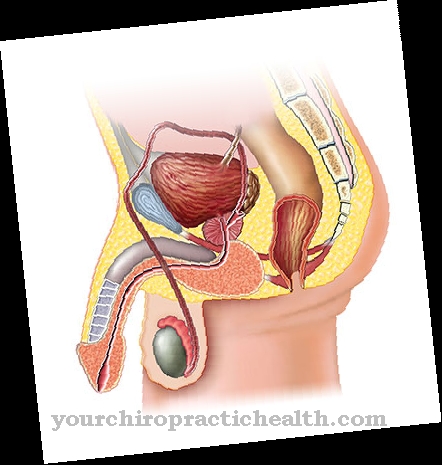
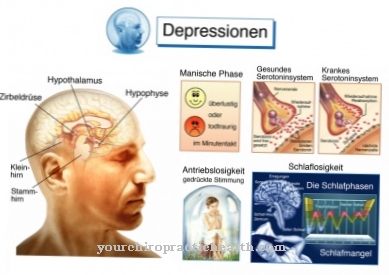
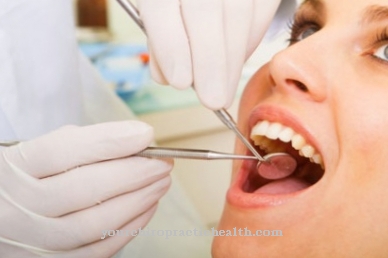

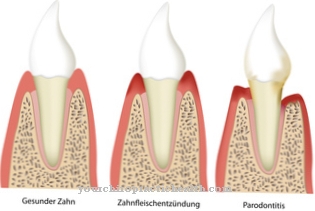




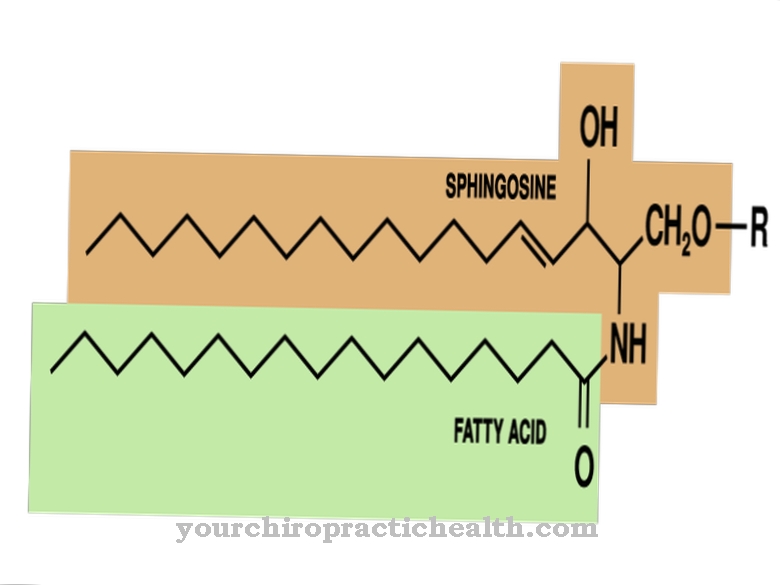
.jpg)
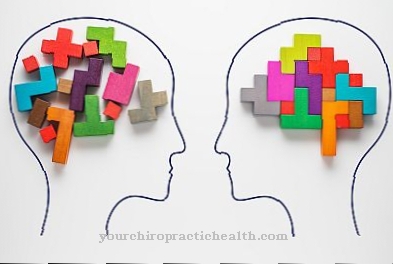

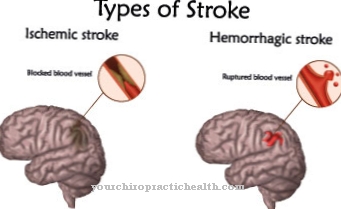


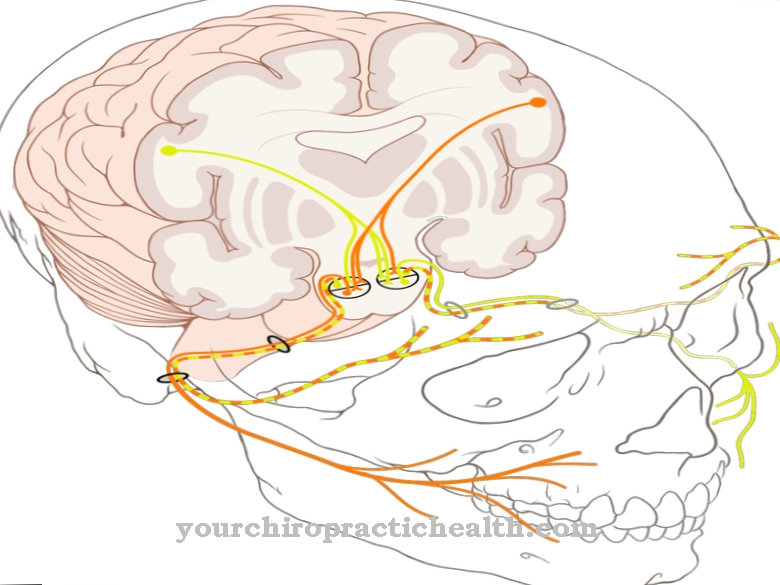


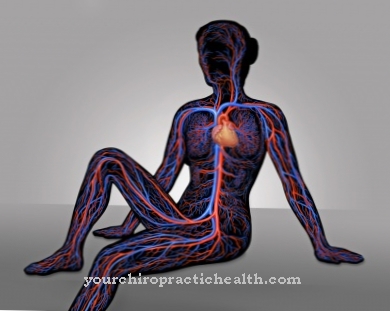





.jpg)

